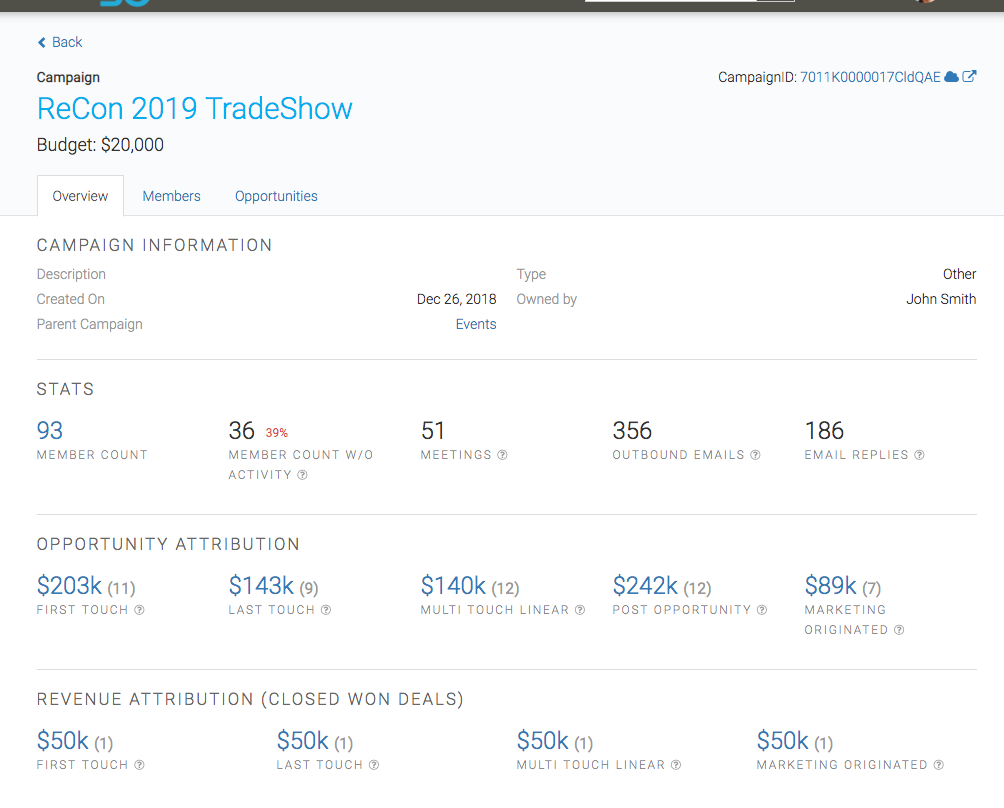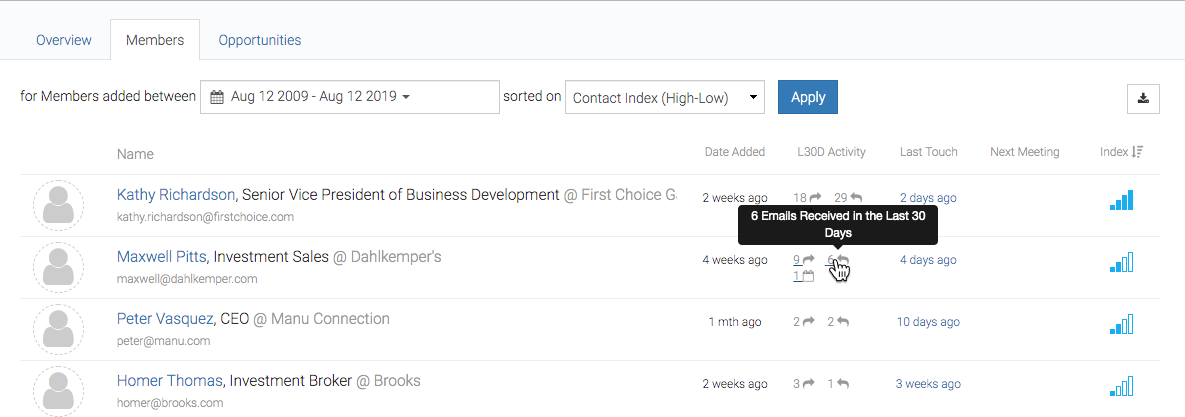Businesses often find themselves failing to capitalize on marketing leads, even when marketing produces excellent leads upfront. Beyond wasted efforts and dollars, this phenomena leads to decreased sales productivity and can severely hinder growth. If your company is in this category, read on…
Imagine you hired a bunch of subject matter experts, wrote highly engaging content, created landing pages, did a bunch of AB testing, spent money on distribution, and finally the fruits of all that labor are your highly coveted leads or MQLs (Marketing Qualified Leads). You scored the leads using Marketing Automation systems and they rose to the quality bar you set ready for Sales. Sounds familiar?
This quarter you increased your marketing spend by 50% because last quarter you saw high quality leads from the Content Marketing and Events Channel.
You met your goals for the month for MQLs, Budget, and Cost per Lead and are happy with the outcome. All great.
But at the end of the following quarter, the sales bump didn’t materialize as everyone expected and the pipeline was about the same as the previous quarter. What Happened? If this sounds familiar, it is because this is super common.
The real question now becomes, what happened to those leads? We generated double the leads that met the threshold but they didn’t convert to Deals?
What is usually missing in the Marketing data set is Sales Activity! Did we do the right follow ups? How often and how many times did we try to connect with the Prospect? Is there a recycling mechanism if we didn’t connect?
The most common issue is the handoff between Marketing and Sales is usually not as tight as one would want. Anytime you go from one department or silo to the other things can get lost, and candidly agendas and motivations also get in the way.
Getting access to Sales Activity is a key data set to understanding Lead Quality and Lead follow through better. This usually requires Salesreps to log their activities (email, meetings, calls) in their CRM, which they usually do not do because there is nothing in it for them. Even if you do get them to log the activities we now need to bring that data back to our Campaigns or back into our Marketing Automation systems in order to do the proper follow up analysis.
Enter Revenue Operations, which is somewhat a new department that somewhat wrangles processes and data across sales, marketing or customer success departments. We are big fans of automation and behind the scenes systems. Systems such as SalesDirector.ai automatically access Sales Activities by connecting to Salesreps Emails, Calendars, Call Logs, etc… the system then automatically logs all this activity to the proper Leads/Contacts in your CRM, auto creates these Contacts and then automatically tags these back to the proper Campaigns.
Now that we have all this data, we tie it back to the original Campaigns and Campaign Memberships. Let’s take a look:

On this particular Campaign we spent $20k, which generated 93 MQLs, that’s $215 per lead, but 36 of them (39%) weren’t even followed up on. We all know most people aren’t “buying” Enterprise Products, it requires some level of “selling”. We (marketing) can now go back to Sales and have a constructive dialogue.
We can further drill down on the individual Members and see what happened:

Without this information, we would be scratching our head asking ourselves what is going on with the leads. Furthermore, we are able to tie Active Opportunities and Closed Won Deals back to this campaign and understand how Marketing influenced a Sale (or not).
Overall, this provides end to end understanding of Campaign efficacy, shines a spotlight on gaps, perhaps where follow up is thin, and ultimately provides insights into what is working and what isn’t so that you as the Marketer can do more of what is working.
Everyone can benefit better integration between the marketing and sales machines. How does it work in your Company?
If this is of interest please contact us to see a demo.
Special Thanks to Saar Schwartz for his feedback on this article.